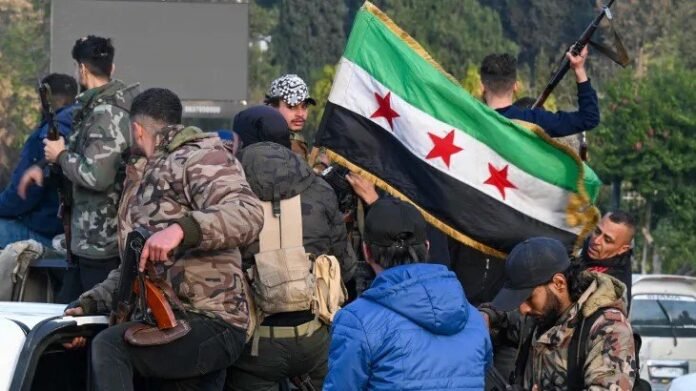In Diplomacy Magazine, we focus on analyzing and interpreting topics that resonate with both Moroccan and global audiences. We delve deep into each issue, showcasing the views of experts and specialists, and shedding light on statements from influential figures.
A prime example is Professor Idriss Kassouri’s recent tweet, which tackled developments in Syria and the intricacies of the operation to liberate Damascus. This tweet highlights intricate events that require in-depth journalism to provide readers with a complete understanding of the situation.
1. A Surgical Operation: Strategically Removing Bashar al-Assad
Kassouri describes what happened in Syria as an “exemplary surgical operation” aimed at dismantling Bashar al-Assad’s dictatorial regime. This operation, meticulously planned across military, media, and legal fronts, was designed to avoid the mistakes of previous Arab revolutions. The term “white coup” reflects a strategy to enact change without chaos, in stark contrast to the turmoil in Libya, Tunisia, and Egypt in 2011.
However, a pressing question arises: is this tactic truly the ideal approach for change in Syria, or does history teach us that such operations often yield unpredictable outcomes?
2. A Collective Strategy: Coordination Among Opposition and External Actors
Kassouri emphasizes the vital role of coordination among Syrian opposition factions and regional and international stakeholders. These factions united under the shared priority of ending Bashar al-Assad’s rule, with the goal of establishing an inclusive new governance model in Syria.
Yet, was this unity genuine? Did all opposition groups truly share the same vision for Syria’s political future?
3. Gradual Military Progress: Strategic Deception and Neutralizing Repression
Kassouri highlights a unique military tactic where the Syrian army reportedly staged a gradual retreat, allowing opposition forces to occupy cities. This maneuver, described as “strategic deception,” aimed to weaken the regime without significant confrontations.
However, was this retreat genuinely orchestrated, or is it an exaggerated interpretation of the military situation on the ground?
4. Political Structuring: Maintaining Institutions or Dismantling the System?
Kassouri notes that Syria’s interim government succeeded in preserving key state institutions, avoiding their complete collapse. This step ensured the continuity of essential services during the transition.
But will this strategy suffice in rebuilding Syria in the long term? Will the post-Assad political project gain international acceptance?
5. Syrian Lesson: The Fragility of Authoritarian Regimes
Kassouri concludes with a critical observation: authoritarian regimes collapse once they lose the support of major powers and their military allies.
Can this lesson be generalized? Does Syria’s case offer insights to prevent the resurgence of similar regimes in other nations?
Conclusion: Change in Syria – Reality or Illusion?
Based on Kassouri’s analysis, Syria’s transformation was meticulously planned. But can it serve as a model elsewhere? The challenges ahead, both diplomatic and internal, will determine whether this change becomes a sustainable reality or remains an isolated case.




